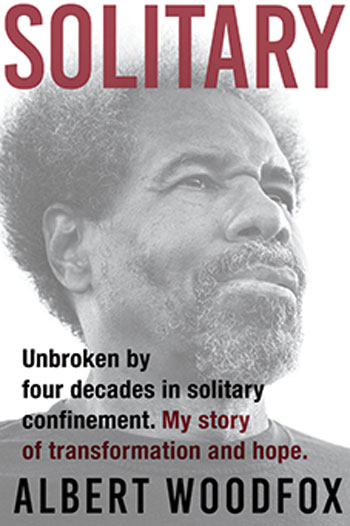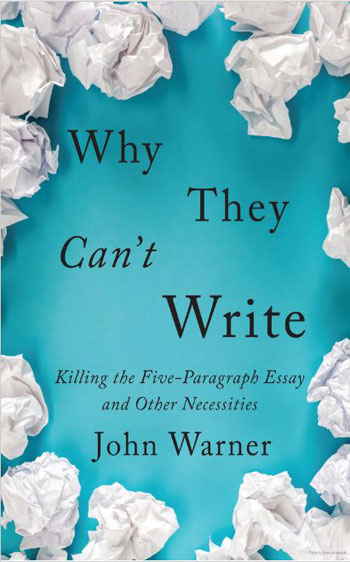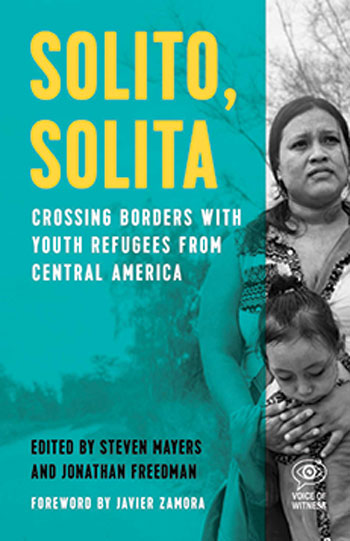Subtotal: $
Checkout
Next Article:
Explore Other Articles:
Solitary
Albert Woodfox
(Grove Press)

Solitary by Albert Woodfox
Angola State Penitentiary, Louisiana’s sprawling 18,000-acre prison, was originally a slave plantation. Now it’s a modern correctional facility. Or is it?
Plough was recently pitched a book about Angola’s transformation under Warden Burl Cain, who championed state-sponsored “rehabilitation through Christ.” We turned the proposal down; something smelled rotten. Turns out it wasn’t just the stacks of expired canned goods prisoners were relabeling for a private company to resell in Latin America. No, even while the prisoner-led churches thrived under Warden Cain, three unrepentant inmates guilty of what he called “black pantherism” were being held for decades in solitary confinement.
Albert Woodfox grew up poor in New Orleans’ Sixth Ward. After his first short stint at Angola, he returned there on an armed robbery conviction. There he encountered the Black Panthers, who taught him to respect himself and care about others. Soon Woodfox was arranging to protect new arrivals from rape and organizing prisoners to demand better treatment. When a guard was killed, he and a fellow Panther were falsely charged with the murder and removed to solitary confinement.
Around 2000, Woodfox became a cause célèbre and finally acquired competent legal representation. But it would take another sixteen years to win his freedom. By then he had spent forty-three years in solitary, more than anyone in US history.
It is beyond remarkable that Woodfox emerged “unbroken” by his ordeal. His book is a testimony to endurance and integrity – and a damning indictment of a practice currently affecting some 80,000 US prisoners.
Why They Can’t Write
John Warner
(Johns Hopkins University Press)

Why They Can't Write by John Warner
For decades now, standardization has been hailed as the way to fix inequality in American education, from the SAT, rolled out in the 1920s, to more recent measures like George W. Bush’s “No Child Left Behind” and the Common Core State Standards advanced by the Obama administration. Although the motives behind such initiatives are laudable, they ignore the vastly different ways that children learn and the things children need in order to learn. As a result, they have done more harm than good.
Rather than fixing educational inequality, standardization merely highlights it or, in the worst cases, exacerbates it. From a classroom standpoint, no subject highlights the limits of standardization and test-driven education more than writing. To shoehorn writing instruction into a model that is blind to process and only registers results is to miss the whole point of the exercise. That’s the central thesis of John Warner’s Why They Can’t Write: Killing the Five-Paragraph Essay and Other Necessities.
Warner compares the five-paragraph essay to bicycle training wheels. They are useful for a while, but if kept on too long they actually prevent a child from developing their sense of balance, which is vital to riding a bike. If bicycle riding is an exercise in balance, writing is an exercise in thought. A child putting together a five paragraph essay is not really thinking through the questions that writing beyond the classroom depends upon: Who am I as a writer? Who are my readers? What do they need to know? Anyone who has learned to ride a bike without training wheels has fallen a few times, but that’s part of the education. And it’s the place of a good writing instructor, like a good parent, to pick you up, dust you off, talk you through your accident, and send you on your way again.
If Washington wonks think that standardization can reduce the role of the teacher (meaning larger class sizes, and, probably, decreased teacher pay) Silicon Valley wonks think they can do away with teachers all together by designing personalized, algorithm-based educational programs. Such programs are bound to fail because, as Warner points out, “teaching and learning is complicated, context-dependent, and incredibly variable from one situation to another.” Our attention (and funding) is diverted by these fads and initiatives; meanwhile, “we have neglected … the people who engage in the actual work of teaching,” and, we might add, the children.
Solito, Solita
Edited by Steven Mayers and Jonathan Freedman
(Haymarket Books)

Solito, Solita: Crossing Borders with Youth Refugees from Central America Edited by Steven Mayers and Jonathan Freedman
Certain US politicians claim that child migrants are invading our borders in hordes of thousands. Far more often, though, these children find themselves alone, the solito or solita of this book’s title. The book contains fifteen first-person accounts by asylum seekers from Honduras, El Salvador, and Guatemala, edited from interviews between 2014 and 2018. It sheds light on who these migrants are, why they are fleeing their homes, and what US Americans can do in response.
Some of these stories are haunting. When Julio Zavala was six, his mother kicked him out. He turned to gangs for protection; they sent him to kill his family to prove his loyalty. He fled instead, arriving in the United States at age fourteen. After a brush with prison, he turned his life around. When he called his mother to forgive her, a relative told him gangs had killed her and it was his fault. In April 2018, Julio died of a drug overdose.
Other stories are more hopeful. Many of these youth show a tenacity and maturity reminiscent of an older generation of Americans shaped by the Depression and World Wars. Several, granted asylum, are putting themselves through college while working long hours to support family back home.
The book features many grassroots organizations that help asylum seekers. But, as the editors emphasize, more must be done to address the insecurity in migrants’ countries of origin – the problems that caused these children to flee in the first place.
Already a subscriber? Sign in
Try 3 months of unlimited access. Start your FREE TRIAL today. Cancel anytime.
























